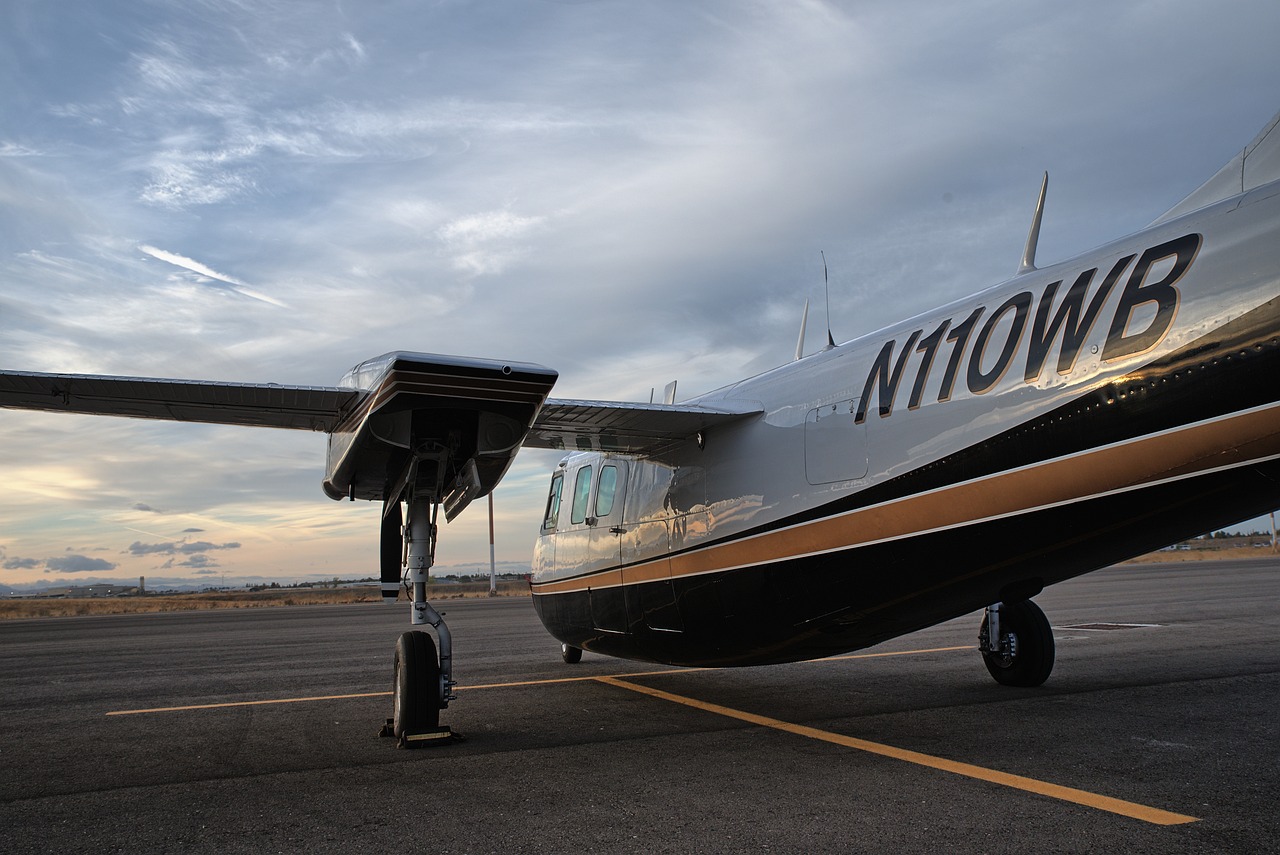Strategic Partnership to Accelerate Zero-Emission Flight
At the Paris Air Show, European aircraft developers Vaeridion and Aura Aero announced a major strategic collaboration aimed at propelling electric aviation forward. Their joint effort focuses on developing conventional takeoff and landing electric aircraft (eCTOL) and supporting the transition to zero-emission regional air travel. The partnership also aligns with growing global efforts to decarbonize short-haul routes and reduce the environmental impact of aviation.
Combining expertise from both companies—Vaeridion with its MICROLINER and Aura Aero with its INTEGRAL E and ERA aircraft—the partnership is positioned to advance electric aircraft development at scale. It will focus on establishing standardized charging infrastructure in regional airports, advocating for policy frameworks that accelerate adoption, and carrying out joint lab and flight tests.
“We share a clear vision of design for certification, and our development strengths complement each other well,” said Ivor van Dartel, CEO and co-founder of Vaeridion. “This collaboration continues Europe’s strong tradition of international aerospace cooperation.”
Electric Aviation Gains Momentum in Europe and Beyond
Aura Aero’s CEO and co-founder, Jérémy Caussade, emphasized the broader mission: “Together with Vaeridion, we’re placing Europe at the forefront of electric aviation. Our shared focus on certification and early market entry before 2030 reflects our commitment to sustainable regional connectivity.”
The partnership arrives at a critical moment. Across Europe, climate goals and public demand for greener transport are driving innovation in the aviation sector. The electrification of regional flights is seen not only as an environmental necessity but also as an economic opportunity—promising new high-tech jobs, stronger regional links, and global leadership in clean aerospace.
Safarilink Joins the Movement with ERA Aircraft Order
In a related milestone, Kenyan airline Safarilink has signed a deal to acquire six ERA aircraft from Aura Aero—marking a significant step toward sustainable aviation in Africa. As Kenya’s leading safari airline, Safarilink operates domestic flights to top destinations across Kenya and Tanzania. Its fleet of 12 Cessna and DeHavilland aircraft will soon be joined by the next-generation hybrid-electric ERA.
Designed to meet the specific needs of regional routes, the ERA aircraft features eight ENGINeUS electric motors developed by Safran—the world’s first certified electric aircraft engines—alongside two SAF-compatible turbogenerators. The plane can switch between electric and hybrid power modes, offering a range of up to 1,666 kilometers. This makes it a strong fit for short to medium-haul operations across remote and environmentally sensitive regions.
A Sustainable Future for African Aviation
Safarilink CEO Alex Avedi highlighted the importance of the purchase: “One of our key strategic priorities is to decarbonize aviation. Upgrading our fleet with environmentally friendly, next-generation aircraft like the ERA is a major step forward. It’s a cutting-edge, eco-efficient solution that aligns with our long-term sustainability goals.”
Aura Aero’s Jérémy Caussade added, “We’re proud to support Safarilink in this transition. With the ERA, they’ll benefit from lower noise levels, reduced operating costs, and a dramatic reduction in emissions.”
Global Impact, Local Benefits
This combined effort—spanning European engineering and African implementation—demonstrates the global nature of the electric aviation revolution. By developing advanced aircraft and securing real-world adoption, companies like Vaeridion, Aura Aero, and Safarilink are helping to redefine regional air travel in both developed and emerging markets.
With growing interest from regulators, airlines, and passengers alike, the path toward clean, efficient air travel is becoming clearer. As electric aircraft move from concept to commercial reality, the sky is no longer the limit—it’s the future.
